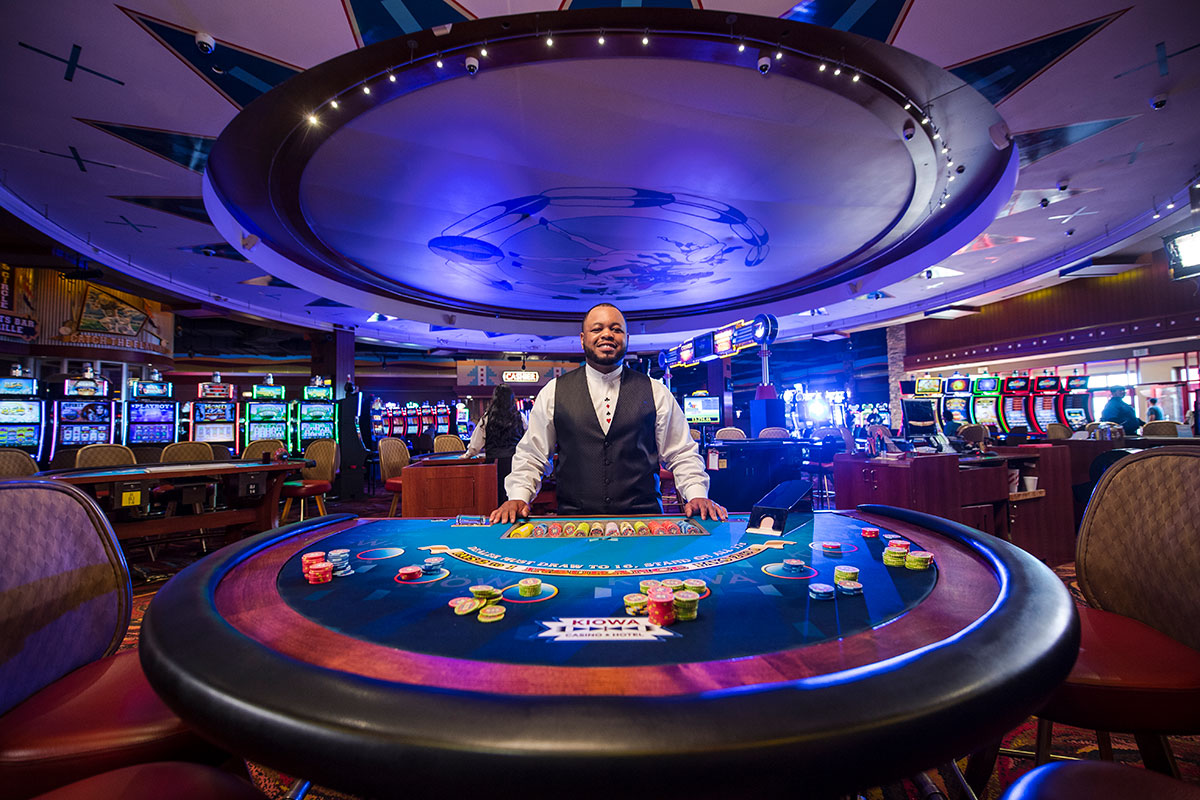
Gambling games have long captivated people’s attention, drawing participants into a realm filled with luck, tactics, and the allure of excitement. Each game is meticulously crafted not just for enjoyment, but also to elicit specific emotional responses that keep gamblers engaged and committed. Understanding the reasons behind these designs reveals much about how behavioral psychology plays a vital role in the gaming experience.
From the vivid lights and lively sounds to the intricate layering of guidelines and payoffs, casino games are designed to create an atmosphere of anticipation and anticipation. Game designers leverage mental cues to influence gambler behavior, whether through the use of jackpots, almost wins, or social interactivity. By examining these aspects, we can better appreciate how casino games fulfill not just a want for entertainment, but deeper psychological needs for adventure and uncertainty.
Comprehending Gamer Behavior
Casino games are designed with a profound grasp of player psyche, which is vital for drawing in and holding players. The thrill of the game, coupled with the hope of winning, creates a powerful allure. Game designers make use of elements like audio cues, dynamic graphics, and engaging gameplay to capture attention and elicit emotional responses. These sensory effects enhance the immersive experience, making players feel more attached in the game.
Another important aspect of player behavior is the notion of risk and reward. Casino games often manage risky situations with the potential for significant rewards, which can cause the occurrence known as near-miss effect. When players come within reach to winning, the brain secretes dopamine, bolstering their behavior and encouraging them to keep playing in search of that fleeting win. This cycle of hope and frustration plays a critical role in how games are constructed and advertised.
Lastly, community aspects also play a critical role in player behavior at casinos. Many games are designed to be played in teams or with other players, creating a sense of belonging and communal experience. The social interaction inherent in games like blackjack enhances enjoyment and can lead to extended gameplay. Designers leverage on this by creating environments that encourage players to remain, connect, and return, making the overall casino experience more appealing.
The Role of Visuals and Audio
Visuals and sound play a crucial role in enhancing the player’s experience within gambling games. Designers utilize vibrant colors, striking graphics, and engaging animations to attract gambler’s attention and maintain their focus. The use of motifs, such as adventure or luxury, helps create an immersive atmosphere that takes players into a different world. By appealing to the senses, these elements contribute to a heightened emotional response, encouraging players to interact more deeply with the games.
Audio design is just as important in reinforcing the overall experience of casino games. The combination of background music, audio effects for successful combinations, and ambient noises creates an sound landscape that holds players fascinated. BET88 Audio cues associated with victories, such as chiming bells or celebratory music, evoke feelings of thrill and satisfaction, prompting players to keep playing. These audio cues are carefully placed to amplify the excitement of the game and create a more immersive experience.
Moreover, the synchronization of imagery and audio is essential for reinforcing the game’s overall concept and mood. Each element should coordinate seamlessly to create a unified experience that draws players in. The effective use of this synergy not only enhances user satisfaction but also increases the chances of repeat play, as players become more engaged in the captivating world that the casino games offer. This thoughtful integration of imagery and audio ultimately enhances player engagement and loyalty.
Reward Structures and Participation
The development of gambling games significantly relies on reward structures to ensure participants involved and returning for more. These structures are based in psychological principles that take advantage of human behavior and desire. Players are often motivated by the thrill of success, which is reinforced by immediate feedback through the game structure’s design. This prompt satisfaction not only enhances the overall experience but also fosters a sense of success, encouraging participants to keep participating in hopes of greater rewards.
Gaming establishments utilize various incentive systems, including large payouts, bonuses, and multipliers, to engage participants. These elements create a level of excitement that maintains interest. Additionally, the unpredictability of results plays a crucial role in keeping attention. The intermittent reinforcement schedule, where successes are unpredictable but happen often enough, keeps participants on edge and driven to keep playing. This loop of hope and anticipation is foundational to the success of casino games.
Moreover, community aspects, such as tournaments and collaborative options, enhance the engagement factor by leveraging the desire to compete of participants. The shared experience of playing with fellow participants can amplify the thrill of success and create a community atmosphere within the gaming space. By integrating these social dynamics with effective incentive structures, gambling experiences don’t just provide entertainment but also nurture a stronger connection among players, reinforcing their commitment to the gaming experience.
